A data platform serves as a unified system that helps you manage, analyze, and extract insights from your data. It simplifies how you handle information, ensuring that you can make decisions based on facts rather than assumptions.
Today, over 60% of businesses use AI and big data analytics to improve their operations. This adoption highlights the growing importance of platforms that centralize and streamline data management. By using such a system, you can identify trends, improve performance, and drive better outcomes for your organization.
Understanding a Data Platform

What is a Data Platform?
A data platform is a comprehensive system designed to handle every aspect of your data lifecycle. It goes beyond traditional data management systems by offering advanced capabilities for collecting, storing, processing, and analyzing data. When implementing a data platform, businesses should start by identifying their unique data needs—whether it's for real-time analytics, batch processing, or cloud storage. Once the needs are identified, companies can choose a platform that offers the right capabilities and scalability.
For example, FineDataLink from FanRuan integrates seamlessly with existing data sources, allowing for smooth implementation and quick data ingestion. For instance, FineBI from FanRuan provides powerful analytical and visualization tools, helping businesses extract actionable insights from both structured and semi-structured data.
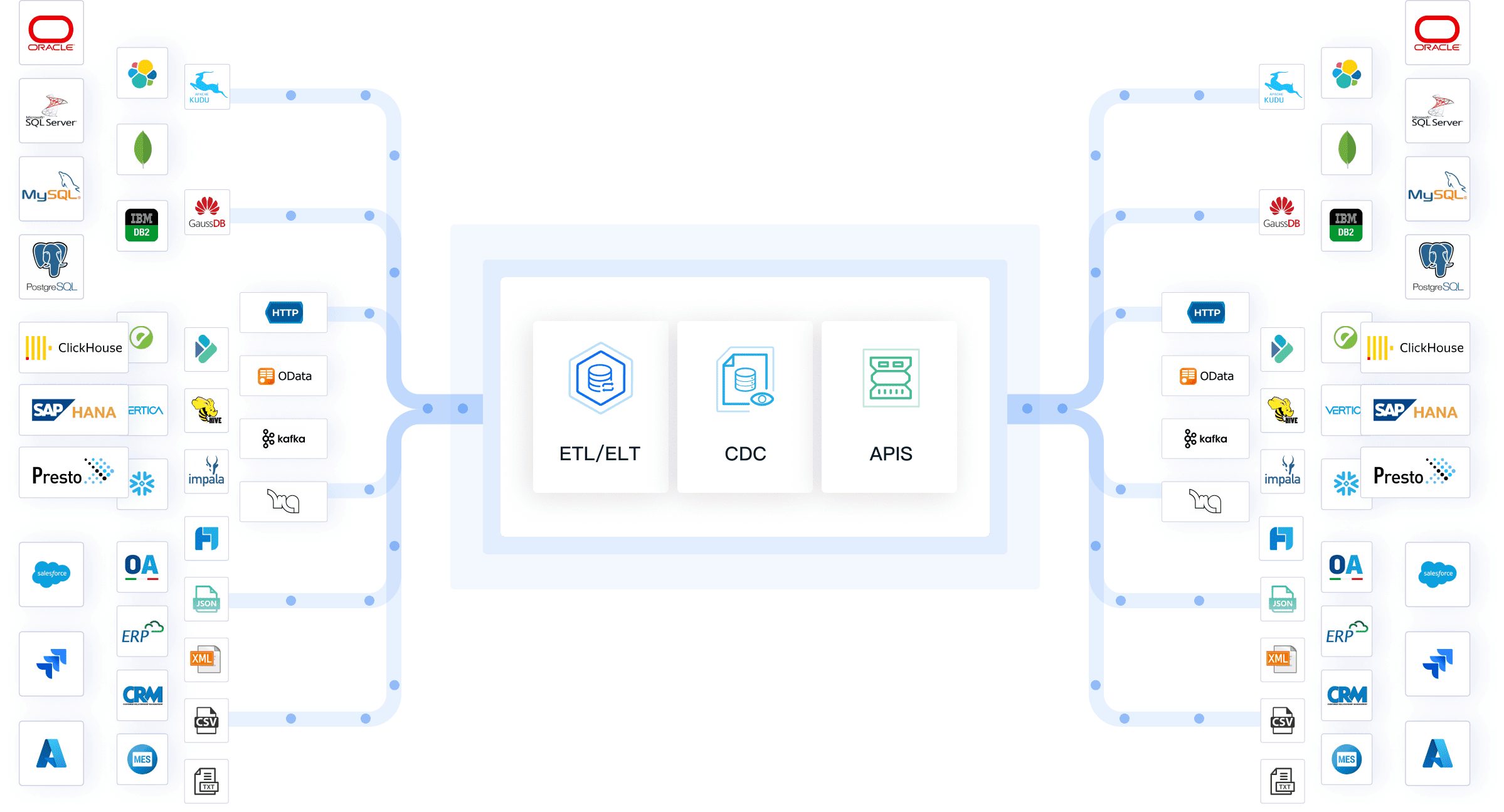
Compared to other platforms like Tableau and Power BI, FineBI offers more seamless integration with various data sources and handles complex datasets with greater ease, making it an ideal choice for organizations looking to scale. This modern approach ensures you can work with structured and semi-structured data, handle large volumes, and perform both batch and real-time processing.
Here are the core functionalities that define a data platform:
- Data collection and ingestion
- Data storage and management
- Data processing and transformation
- Data analysis and visualization
- Scalability and performance
- Security and compliance
- Interoperability and flexibility
Unlike older systems, a data platform provides flexibility and scalability, often leveraging cloud-based infrastructure. This allows you to adapt to changing needs and integrate advanced tools like artificial intelligence and machine learning.
How Does a Data Platform Work?
A data platform operates through a series of interconnected processes. First, it collects and ingests data from various sources, such as databases, applications, or IoT devices. For a successful deployment, begin by ensuring that your platform supports integration with your current data architecture. A solution like FineDataLink can assist with this by connecting data from multiple sources, streamlining the ingestion process, and ensuring that your platform is ready for real-time processing from day one.
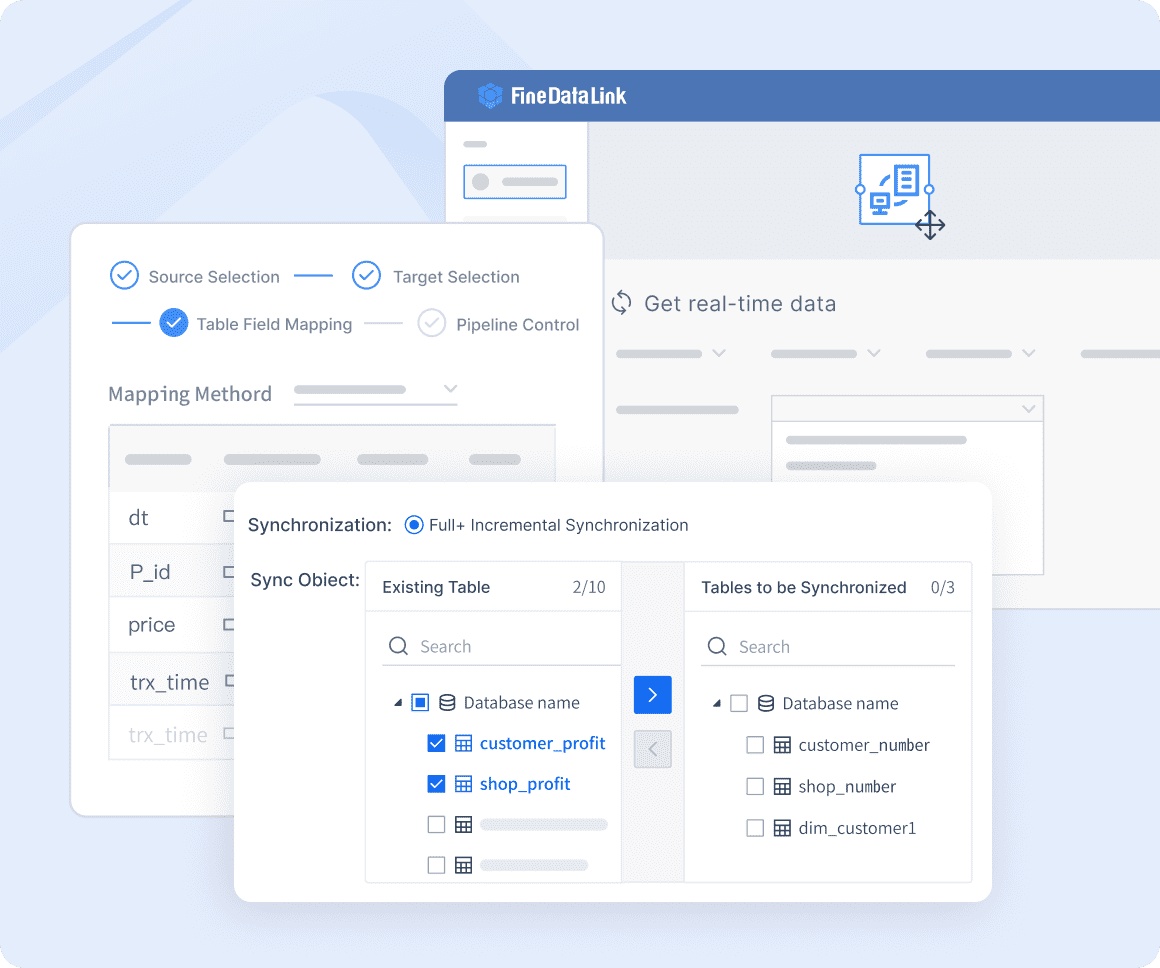
FineDataLink from FanRuan streamlines the data integration process, offering easy connections with multiple data sources and enabling real-time data synchronization. This integration capability ensures a unified view for decision-makers, unlike other tools like Informatica or Talend, which may require more complex configurations.
Next, it stores and organizes this data in a centralized location, such as a data lake or warehouse. The platform then processes and transforms the data into usable formats. Once the data is ready, you can analyze it using tools for visualization, reporting, or predictive analytics. Modern platforms also ensure scalability, security, and compliance, so your data remains protected and accessible as your business grows.
The table below highlights how data platforms differ from traditional data management systems:
| Feature | Traditional Data Management Systems | Modern Data Platforms |
|---|---|---|
| Data Type | Primarily structured data | Structured, semi-structured |
| Data Volume | Limited; struggles with large volumes ("big data") | Handles very large volumes of data ("big data") |
| Data Processing | Batch processing; struggles with real-time processing | Both batch and real-time processing |
| Data Storage | Relational databases and data warehouses | Mix of relational databases, NoSQL databases, data lakes, and data warehouses |
| Infrastructure | Often on-premises | Often cloud-based, taking advantage of scalability and flexibility |
| Data Analytics | Supports traditional analytics and BI tools | Supports a variety of analytics tools, including advanced analytics and AI/ML capabilities |
| Flexibility | Data must fit into predefined schemas | Flexible schema (schema-on-read), particularly in data lakes and NoSQL databases |
| Data Governance | Basic data governance capabilities | Advanced data governance |
Real-World Examples of Data Platforms
Many leading companies use data platforms to transform their operations. For instance, Procter & Gamble, Ulta, Twitter, McKesson, and Deutsche Bank rely on Google Cloud to manage their data. To better understand how these platforms are deployed, consider the example of a retail business that uses FineDataLink to centralize data across various sales channels. By automating data collection and analysis, the company can make faster, data-driven decisions, ultimately improving their product offerings and customer experience.
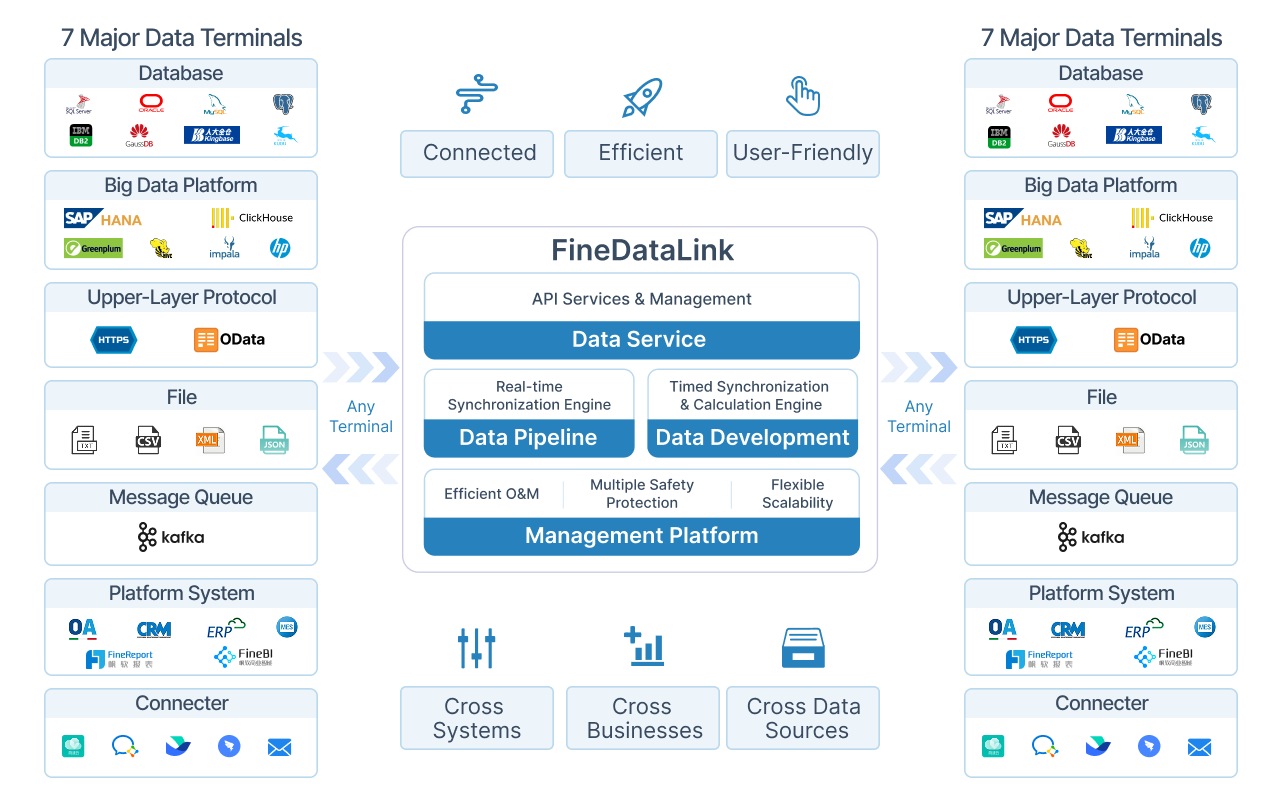
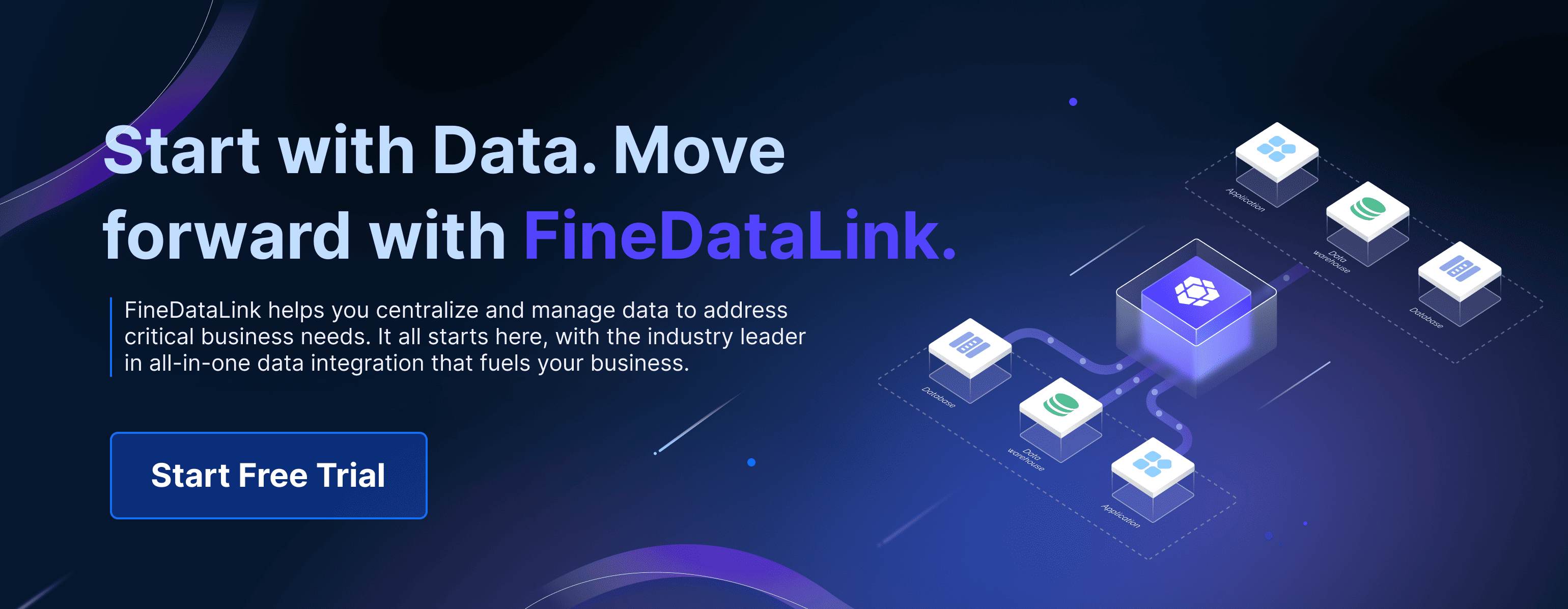
This platform helps them eliminate data silos, make informed decisions, and accelerate digital transformation. By leveraging advanced tools, these organizations also harness artificial intelligence to gain deeper insights and improve efficiency.
These examples show how a well-designed data platform can drive innovation and support business growth. Whether you aim to streamline operations or unlock new opportunities, adopting a modern data solution can help you achieve your goals.
The Purpose of a Data Platform
Centralizing Data Management
A data platform simplifies how you manage information by centralizing it in one place. Instead of navigating multiple systems, you can access all your data through a single interface. FineVis from FanRuan enhances this experience by offering a visually engaging interface, making complex data easier to understand and share across teams.
Tools like FineReport from FanRuan make data accessibility even easier, providing powerful reporting capabilities that allow you to visualize, filter, and share data across teams. While platforms like SAP Crystal Reports are widely used, FineReport offers superior integration with real-time data sources and more flexibility in custom report design. This approach saves time and reduces errors, especially when handling large volumes of information.
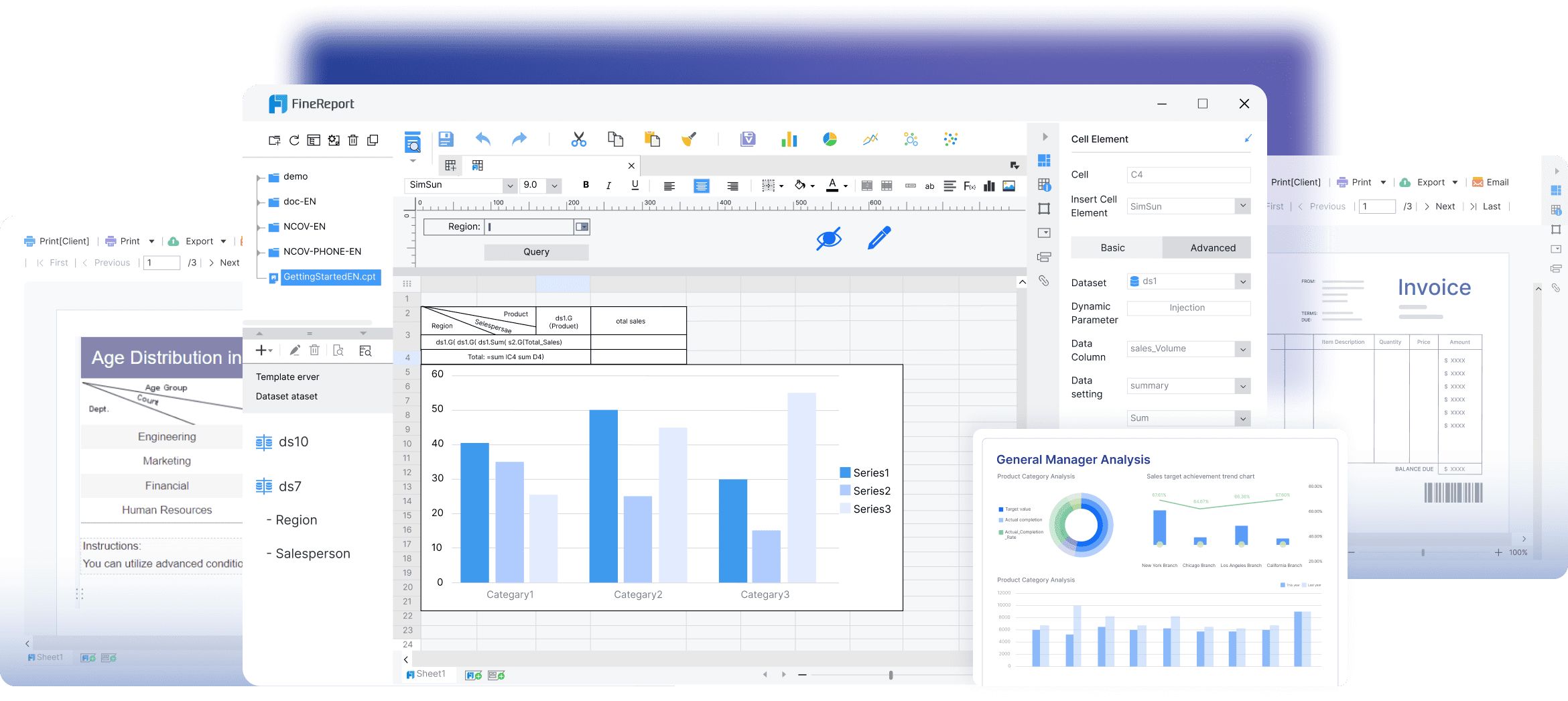
Centralized data management improves operational efficiency in several ways:
- It allows you to locate important documents quickly.
- It eliminates the need to switch between different tools or platforms.
- It streamlines compliance processes by organizing records effectively.
| Benefit | Impact on Operational Efficiency |
|---|---|
| Increased data accuracy | Enhances the accuracy of forecasts and inventory management. |
| Time saved in decision-making | Allows for quicker and more informed decisions. |
| Improved compliance | Reduces risks of legal issues and enhances record-keeping. |
| Business flexibility | Enables easy adjustments to market trends. |
By centralizing your data, you can focus on making decisions rather than wasting time searching for information. This efficiency becomes even more critical as your business grows.
Enabling Data-Driven Insights
A data platform empowers you to uncover insights that drive better decisions. With advanced analytics tools, such as FineReport from FanRuan, you can analyze patterns, predict trends, and identify opportunities, while generating comprehensive, interactive reports that inform strategic decisions. For example, companies like Netflix and Uber have used data to make impactful decisions. Netflix analyzed user preferences to create hit shows like House of Cards. Uber leveraged predictive analytics to balance supply and demand, improving customer satisfaction.
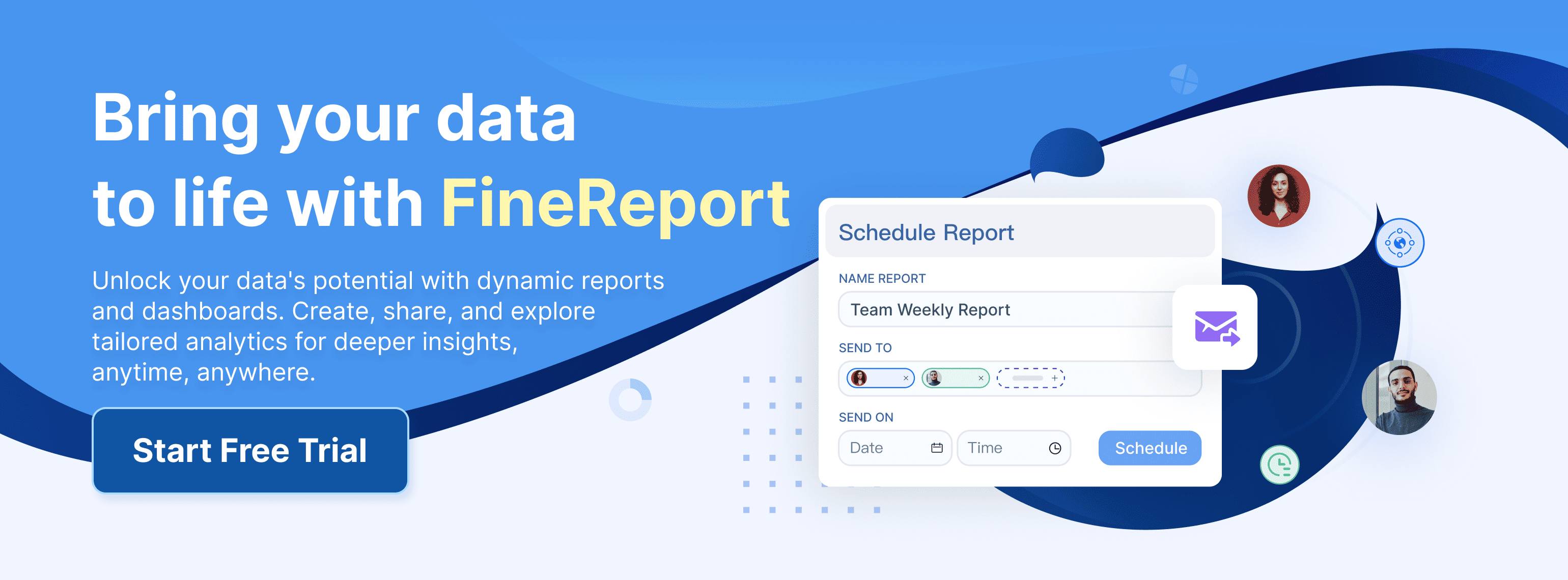
These examples highlight how data-driven insights can transform your business. Whether you want to optimize marketing campaigns or improve operational efficiency, a data platform provides the tools you need to succeed.
Supporting Business Growth and Innovation
Innovation thrives when you have access to the right tools and technologies. A modern data platform gives you the ability to experiment with advanced analytics and machine learning. These capabilities help you develop new products, improve services, and streamline processes.
Cloud-based platforms also accelerate digital transformation. They allow you to deploy solutions quickly and adapt to changing market demands. FineBI by FanRuan is a prime example of a cloud-ready platform that not only accelerates deployment but also supports advanced analytics and machine learning, making it easier for businesses to drive innovation and scale effectively. Compared to other cloud platforms like Snowflake, FineBI stands out with its strong data visualization capabilities and seamless real-time analytics.
For instance, Coca-Cola used it to create targeted ads, achieving a fourfold increase in clickthrough rates. Similarly, Red Roof Inn optimized its marketing strategy using flight cancellation data, leading to a 10% boost in check-ins. By leveraging a data platform, you can stay competitive and foster innovation in a rapidly evolving marketplace.
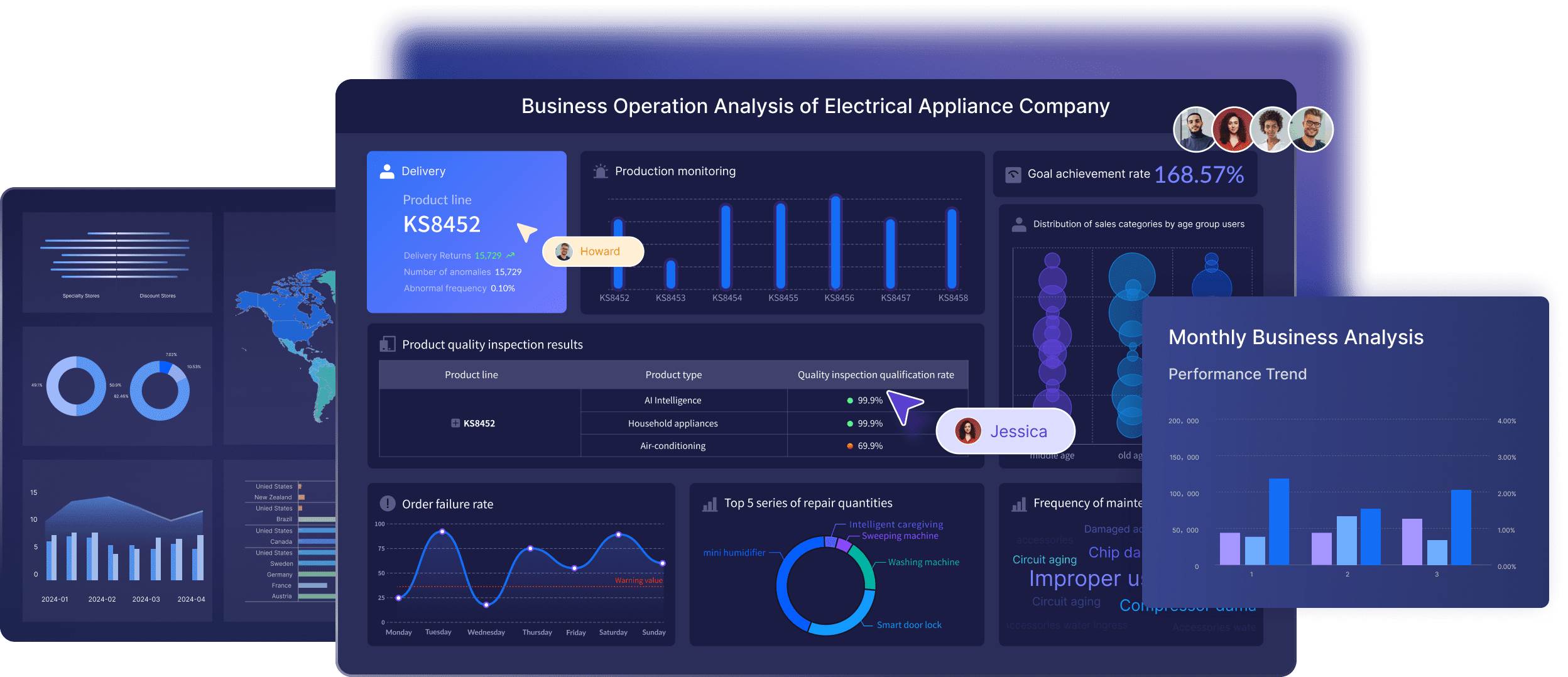
Benefits of Using a Data Platform
Centralized Data Storage and Access
A data platform centralizes your data, making it easier to store, access, and manage. Instead of juggling multiple systems, you can rely on a single source of truth for all your information. This approach simplifies operations and ensures consistency across your organization.
Centralized storage offers measurable benefits:
- Improved decision-making through better data analysis.
- Increased operational efficiency by providing clean, structured information.
- Enhanced data governance that promotes effective data use.
By consolidating your data, you eliminate silos and create a seamless flow of information. This transition ensures smoother operations and helps your team focus on deriving insights rather than searching for scattered data.
Improved Data Quality and Governance
A data platform ensures your data remains accurate, reliable, and compliant. It achieves this by implementing robust quality and governance measures. For example, FineReport enables businesses to automate governance tasks such as compliance checks, ensuring that your data not only meets regulatory standards but is also aligned with internal quality metrics. This reduces the risk of errors and ensures that data remains trustworthy and actionable. For example, creating a data catalog helps your team find and understand data quickly. Automated checks enforce quality standards, reducing errors and saving time.

Here’s how a data platform improves data quality and governance:
- Create a data catalog to simplify data discovery.
- Set clear rules and automate checks to maintain quality.
- Foster a data-friendly culture by educating your team.
- Use scorecards to track and improve data quality metrics.
- Build quality checks into data collection and processing.
- Form a data quality team to align efforts with business needs.
- Leverage metadata to provide context and ensure proper use.
These practices not only enhance the reliability of your data but also ensure compliance with governance policies. This foundation allows you to make confident, data-driven decisions.
Enhanced Collaboration and Productivity
A data platform fosters collaboration by providing a centralized space for your team to work together. It streamlines workflows, simplifies data pipeline management, and ensures everyone has access to the same reliable data.
| Feature | Benefit |
|---|---|
| Streamlined Data Workflows | Simplifies development and management of data pipelines, saving time. |
| Enhanced Collaboration | Centralized platform for effective teamwork with version control. |
| Data Quality and Governance | Ensures data reliability and compliance through validation features. |
When your team works from a unified platform, productivity improves. Everyone can access the same tools and insights, reducing miscommunication and duplication of effort. This collaborative environment drives innovation and helps your organization achieve its goals faster.
Scalability and Cost Efficiency
A modern data platform offers scalability and cost efficiency, making it an essential tool for businesses of all sizes. To ensure your platform grows with your needs, consider solutions that provide flexible pricing models and scale as you increase data volume. For example, FineBI offers a pay-as-you-go model that ensures your business only pays for the features and resources you use, which is especially beneficial for businesses looking to control costs while growing their data infrastructure.
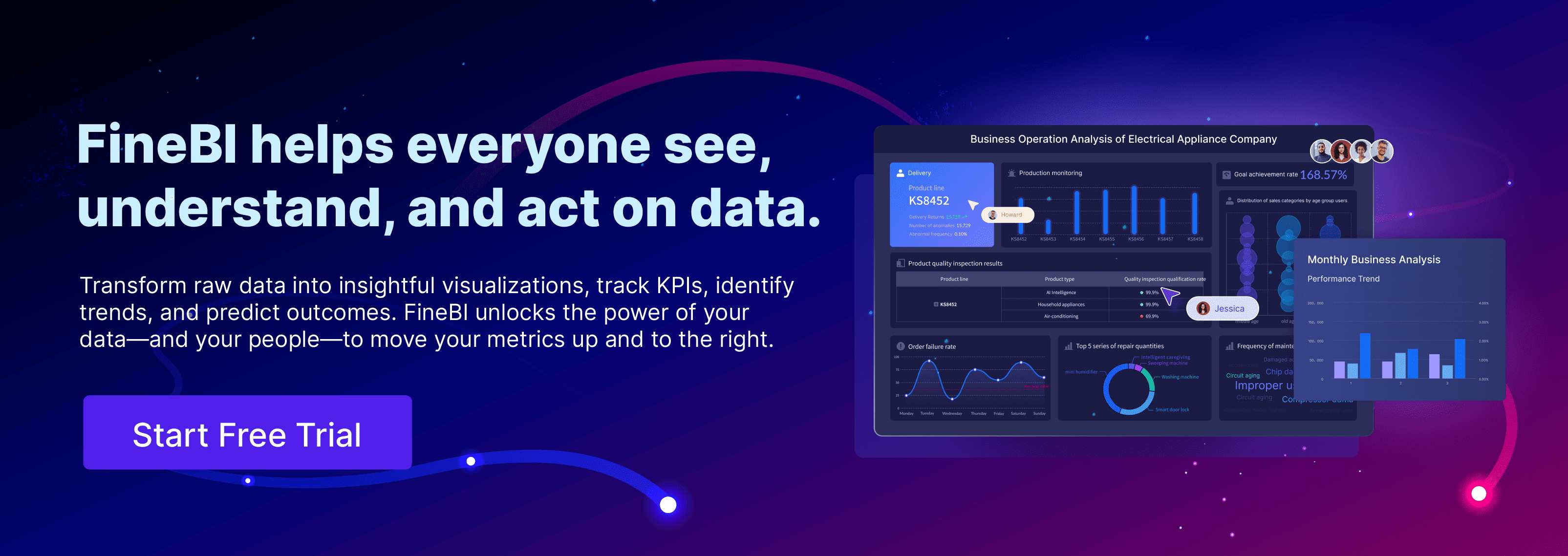
As your data grows, the platform adjusts its resources to meet your needs without compromising performance. FineDataLink from FanRuan offers a flexible integration solution that allows businesses to scale easily, while also controlling costs. When compared to other integration tools like Talend or Informatica, FineDataLink stands out for its intuitive user interface, low implementation cost, and superior scalability, making it ideal for businesses looking for an affordable, yet robust solution. This flexibility ensures you can handle increasing workloads while keeping costs under control.
Cloud services play a significant role in achieving scalability. They provide on-demand resources that expand or contract based on your requirements. For example, platforms like AWS and Microsoft Azure use auto-scaling features to allocate resources dynamically. This approach ensures you only pay for what you use, reducing unnecessary expenses.
Efficient data pipelines also enhance scalability. These pipelines automate the ingestion and transformation of data, allowing your system to process large volumes effortlessly. Horizontal scaling further supports growth by adding servers to distribute workloads. This method ensures your platform can handle near-infinite scalability without performance issues.
Data partitioning and sharding improve efficiency when managing large datasets. By dividing data into smaller, manageable pieces, these techniques enhance processing speed and system performance. Tools like Snowflake and Databricks optimize resource usage by adjusting compute power based on task duration. This capability makes them ideal for data-intensive operations.
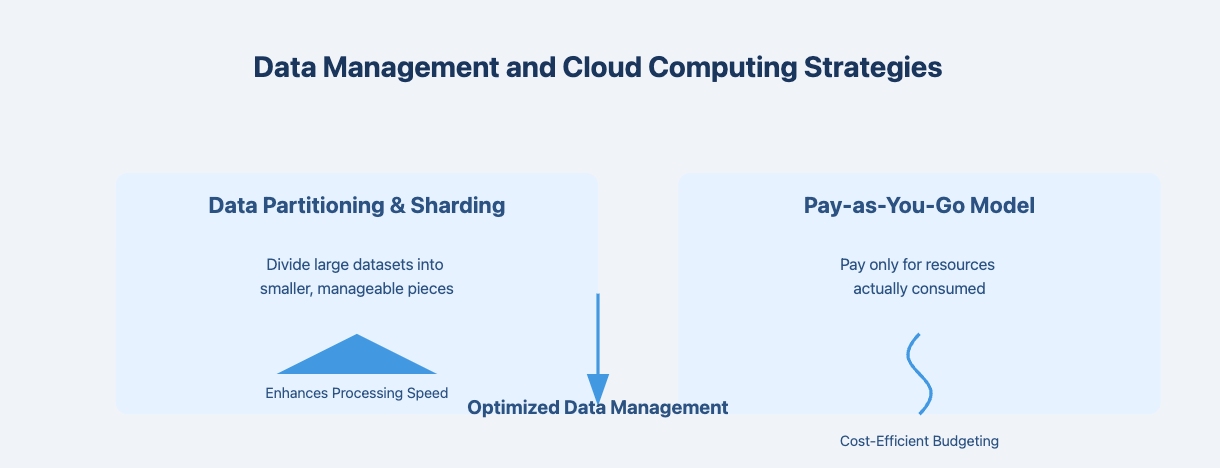
The pay-as-you-go model of cloud platforms ensures cost efficiency. You avoid upfront investments and pay only for the resources you consume. This model benefits businesses by aligning costs with actual usage, making it easier to manage budgets.
By leveraging these features, a data platform provides the scalability and cost efficiency needed to support your business growth. It ensures you can adapt to changing demands while maintaining control over expenses.
Key Components of a Data Platform
Infrastructure
Cloud vs. On-Premises Solutions
When building a data platform, you must decide between cloud-based or on-premises solutions. Each option has unique advantages and challenges.
FineBI offers both cloud and on-premises deployment options, providing businesses with flexibility. Compared to cloud-only solutions like Microsoft Azure, FineBI allows companies with strict data governance requirements to keep data on-premises while still benefiting from powerful analytics and visualization capabilities.
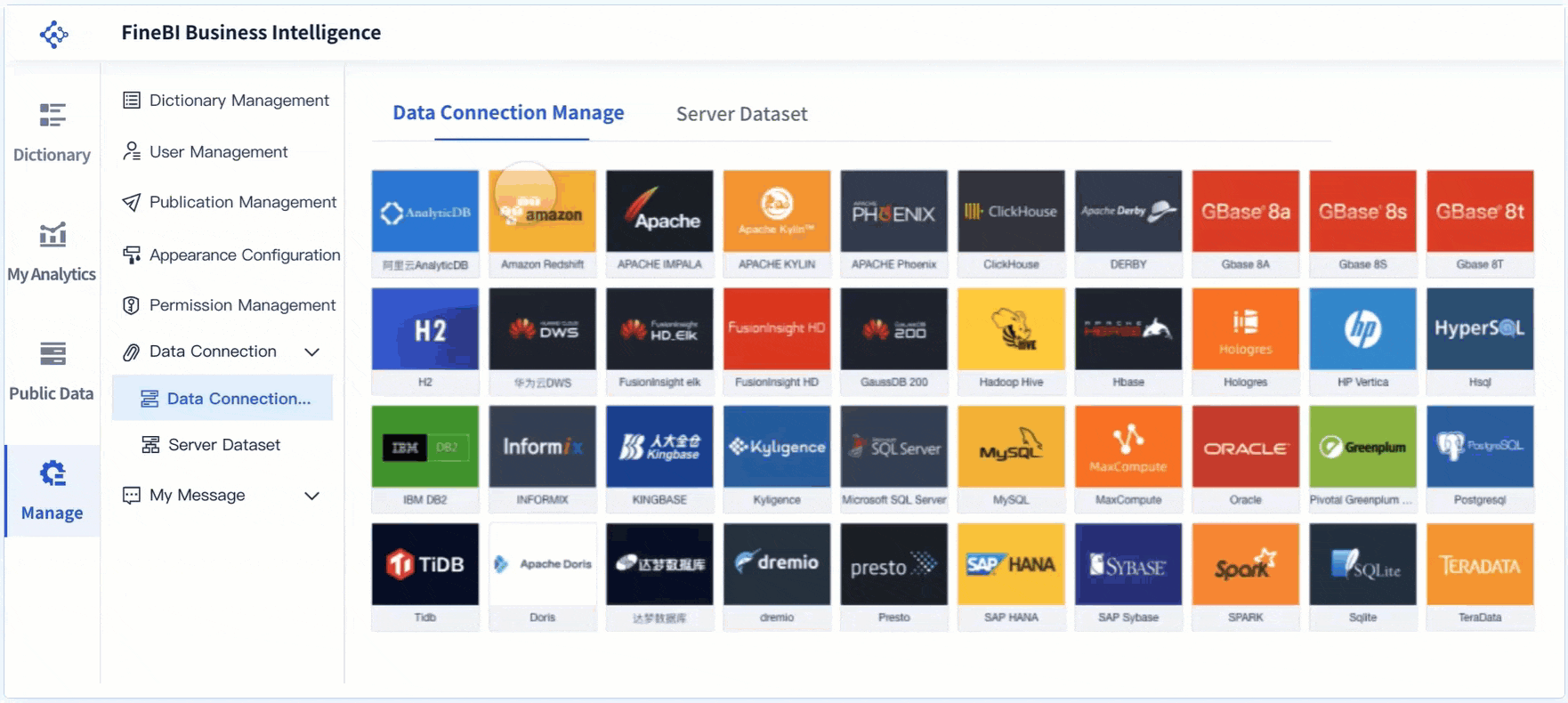
- Advantages of Cloud-Based Software:
- Lower initial costs with subscription-based pricing.
- Quick deployment without lengthy installation processes.
- Vendors handle management services, reducing operational workload.
- Disadvantages of Cloud-Based Software:
- Long-term subscription fees may exceed upfront costs.
- Limited flexibility for customization.
- Potential security concerns regarding data access.
- Advantages of On-Premises Software:
- Greater customization to meet specific needs.
- Full control over data usage with a one-time license purchase.
- Enhanced data security by keeping information in-house.
- Disadvantages of On-Premises Software:
- Longer deployment times delay access.
- Scalability becomes challenging as user numbers grow.
- Higher upfront costs for hardware and software.

Your choice depends on your business needs, budget, and data security requirements.
Data Storage and Processing Capabilities
A robust data infrastructure includes essential components for end-to-end data management:
- Data collection and ingestion.
- Data storage and management.
- Data processing and transformation.
- Data analysis and visualization.
- Scalability and performance.
- Security and compliance.
- Interoperability and flexibility.
For example, FineBI from FanRuan excels in data visualization and analysis, offering highly interactive dashboards and real-time analytics capabilities. Compared to other tools like Tableau and Power BI, FineBI’s seamless integration with data sources and its ability to handle complex datasets makes it an ideal choice for businesses looking for flexibility and scalability.
These capabilities ensure your platform can handle large volumes of data efficiently while maintaining high performance and security.
Data Engineering
Data Integration and ETL Processes
Data engineering processes like ETL (Extract, Transform, Load) play a critical role in your data platform. FineDataLink offers an efficient and streamlined ETL process, ensuring that data is extracted, transformed, and loaded seamlessly. Compared to traditional ETL tools like Apache Nifi or Talend, FineDataLink provides better integration with various data sources and supports both batch and real-time processing, making it a more versatile and faster choice for modern enterprises.
- Extract: Retrieve raw data from sources such as databases, APIs, or files.
- Transform: Standardize and format the data to improve usability.
- Load: Store the processed data in a database or warehouse for analysis.
ETL ensures your data is clean, organized, and ready for business intelligence tasks.
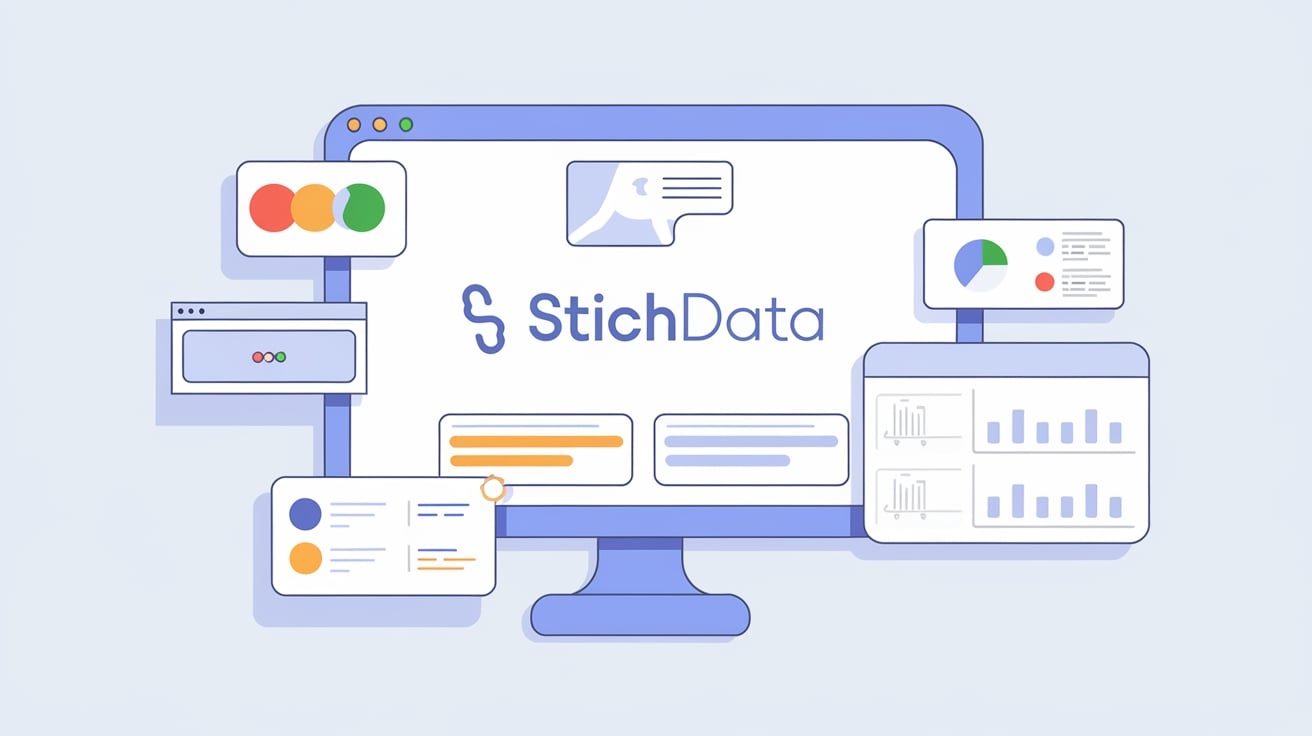
Automation and Data Pipelines
Automation enhances modern data pipelines by improving efficiency and reducing costs.
- Cost reduction through lower software expenses and reduced redundancy.
- Productivity boost as engineers focus on impactful projects.
- Scalability to handle large data volumes effortlessly.
- Consistency and reliability with real-time quality checks.
- More time for innovation and strategic initiatives.
Automation can increase team productivity by 700% and save businesses up to $156k annually.
Analytics and Insights
Business Intelligence and Reporting Tools
Business intelligence tools help you analyze data and make informed decisions. Popular tools include Tableau, Microsoft Power BI, and Looker. These tools offer features like user-friendly interfaces, scalability, and seamless integration with existing systems. They empower you to visualize data effectively and uncover actionable insights.
Machine Learning and Predictive Analytics
Machine learning enhances your platform's analytics capabilities. It automates data processing, uncovers hidden patterns, and improves predictive accuracy. Real-time decision-making becomes possible as machine learning processes data instantly. These features allow you to make better forecasts and visualize complex datasets more clearly.

User Accessibility
Dashboards and Self-Service Tools
Dashboards play a vital role in making data accessible and actionable. They allow you to visualize complex information in a way that is easy to understand. To improve accessibility, you can create dashboards using tools like Tableau. These dashboards can be embedded into web pages that follow Web Content Accessibility Guidelines (WCAG 2.0 AA). This ensures that users with disabilities can interact with the data effectively.
Keyboard shortcuts enhance navigation, allowing you to move through the dashboard quickly. Screen readers can also read views in the order they were added, making the content more user-friendly. Including accessible elements such as text objects, button objects, and web page objects further improves usability.
By designing dashboards with accessibility in mind, you ensure that everyone in your organization can benefit from the insights they provide. This approach not only promotes inclusivity but also enhances the overall user experience.
Accessibility for Non-Technical Users
Data platforms should cater to all users, regardless of their technical expertise. An intuitive interface is essential for helping non-technical users navigate the platform with ease. FineVis from FanRuan offers one of the most user-friendly interfaces for non-technical users. While tools like Qlik Sense provide a rich set of features, FineVis stands out with its simplicity and easy-to-navigate dashboards, empowering all team members—technical or not—to make data-driven decisions quickly. When the design is simple and user-friendly, you can focus on analyzing data rather than struggling to understand the tools.
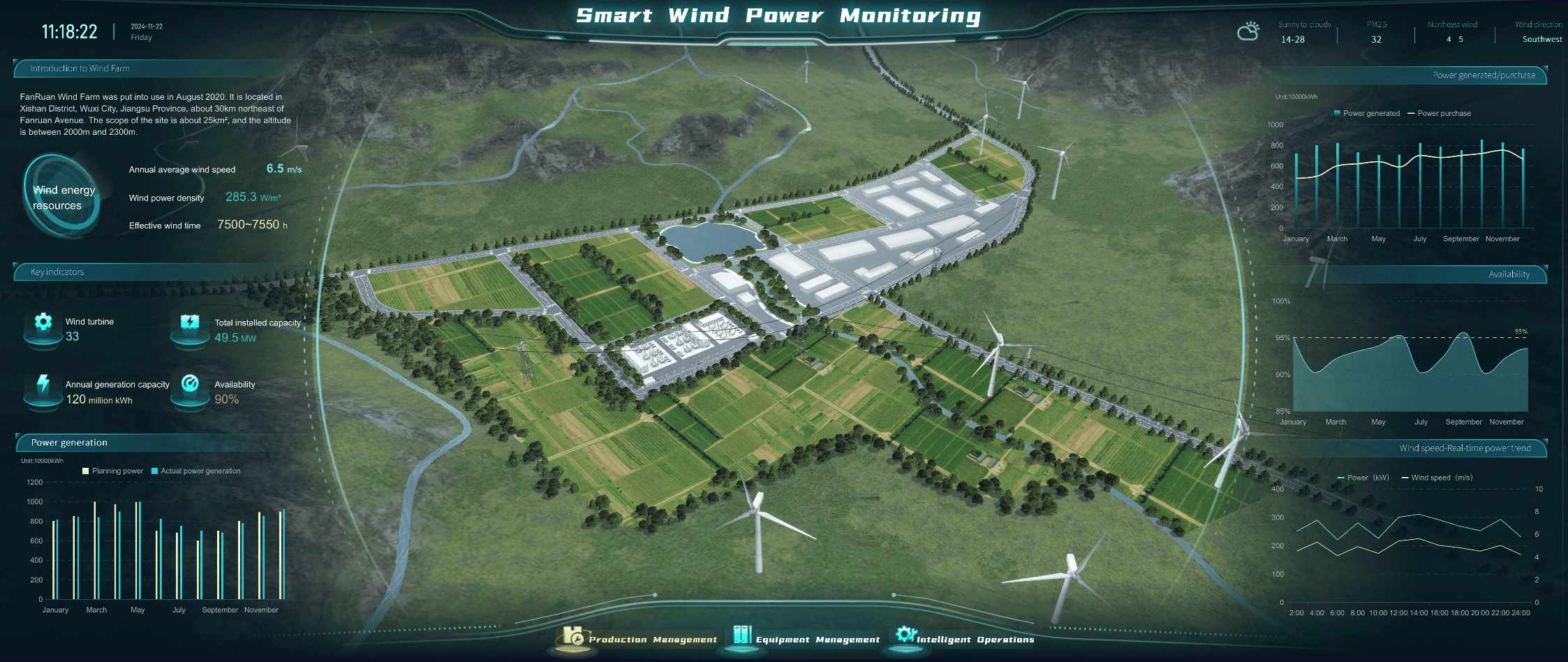
Comprehensive support resources, such as tutorials and guides, can lower the learning curve significantly. Robust documentation also helps you understand how to use the platform effectively. These resources empower you to make the most of the data without needing advanced technical skills.
Collaboration becomes easier when everyone can access and understand the data. A platform designed for non-technical users fosters teamwork and ensures that insights are shared across departments. By prioritizing accessibility, you create an environment where data-driven decisions are within reach for everyone.

Choosing the Right Data Platform
Evaluating Your Current Data Stack
Before selecting a new data platform, you need to evaluate your existing data stack. This process helps you identify gaps and understand what improvements are necessary. Start by considering your unique business needs. For example, ask yourself if your current tools align with your goals or if they limit your ability to scale. To make an informed choice, consider testing platforms through pilot programs. During these trials, evaluate the platform’s ability to handle your data volume, support multiple users, and integrate with existing tools. Solutions like FineBI and FineReport allow businesses to customize reports and dashboards, helping you see firsthand how a platform can meet your needs before a full rollout.
If your organization needs advanced analytics and seamless integration with existing tools, FineDataLink and FineBIfrom FanRuan are excellent choices. FineDataLink offers easy integration with data sources, while FineBI enhances the platform with robust analytical capabilities, unlike other tools such as Informatica or Tableau, which may require more time-consuming setups.
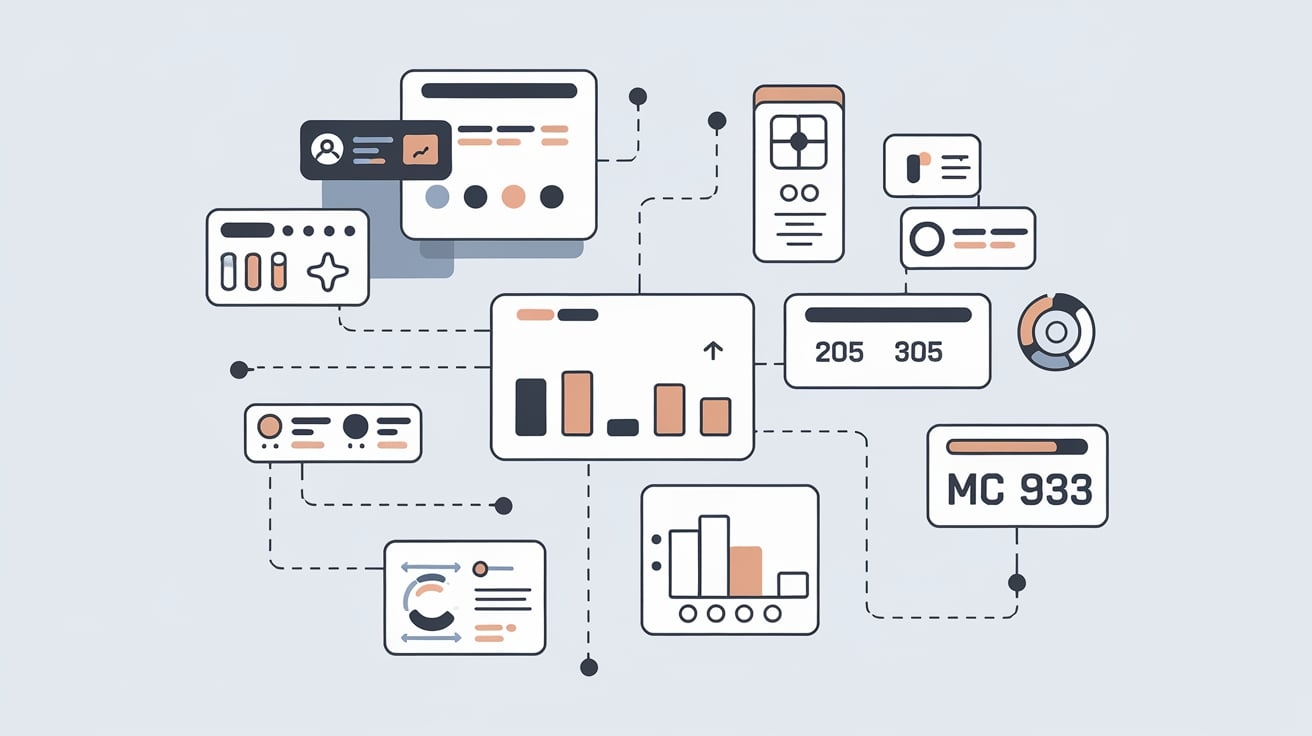
Security and compliance should also be a priority. Ensure your data stack meets regulatory requirements and protects sensitive information. Other factors to assess include scalability, user-friendliness, and cost. A scalable system ensures your platform can grow with your business. User-friendly tools make it easier for your team to work efficiently. Finally, compare the cost of your current stack with the benefits it provides. This evaluation ensures you invest in a solution that delivers value.
Tip: Create a checklist of these factors to streamline your evaluation process.
Identifying Data Collection and Processing Needs
Understanding your data collection and processing needs is essential for choosing the right platform. Data collection allows you to learn more about your customers and their preferences. This knowledge helps you segment your audience and deliver personalized marketing campaigns. It also improves decision-making by providing accurate, data-backed insights.
Processing needs often include transforming raw data into usable formats. This step enhances reporting and forecasting, giving you a clearer picture of your business's future. Knowing your customers better also helps you focus your efforts on areas that drive revenue and improve customer experiences.
Note: A platform that supports both batch and real-time processing can meet diverse business intelligence needs.
Assessing Scalability and Integration Options
Scalability and integration are critical when selecting a data platform. Engage stakeholders from different departments to ensure the platform aligns with your business goals. Efficient data pipelines are also essential. Automating data ingestion and transformation processes ensures your system can handle growing data volumes.
Cloud services provide on-demand resources, making them ideal for scalability. Hybrid solutions offer flexibility by combining cloud and on-premises capabilities. These options allow you to scale as your data grows without compromising performance.

Integration capabilities are equally important. A platform that integrates seamlessly with your existing tools ensures smooth workflows and reduces disruptions. This compatibility enhances productivity and supports long-term growth.
Tip: Test the platform's integration features during the trial phase to avoid compatibility issues later.
Considering User Experience and Accessibility
User experience plays a critical role in the success of a data platform. A well-designed platform ensures that users can access and analyze data effortlessly. To achieve this, you should engage users early in the discovery phase. This approach helps you understand their specific needs and finalize requirements.
Minimizing the number of clicks required to access information improves efficiency. For example, providing a consistent starting point for frequently used views and reports saves time. A user-centered design approach also enhances usability. By empathizing with users, you can create a platform that aligns with their expectations.
Consistency across interfaces is another key factor. When different user groups encounter the same design elements, collaboration becomes easier. Balancing customizable interfaces with simple, consistent designs ensures the platform caters to both technical and non-technical users.

Building trust is equally important. You can achieve this by offering visibility into the context of data and insights. FineReport allows users to create comprehensive, easy-to-understand reports that ensure transparency and help build trust with stakeholders. When compared to other reporting tools like SAP Crystal Reports, FineReport excels with its real-time data integration capabilities and customizable report formats that adapt to the needs of different user groups. When users understand the source and relevance of the information, they feel more confident in their decisions.
A positive user experience not only boosts productivity but also encourages adoption across your organization. By prioritizing accessibility and usability, you create a platform that empowers everyone to make data-driven decisions.
Budget and ROI Considerations
Budgeting for a data platform requires careful planning. Start by evaluating the total cost of ownership, including subscription fees, infrastructure, and maintenance. Cloud-based platforms often use a pay-as-you-go model, which aligns costs with actual usage. This flexibility helps you avoid unnecessary expenses.
Return on investment (ROI) is another critical factor. A well-implemented platform can save time, reduce errors, and improve decision-making. These benefits translate into measurable financial gains. For example, automating data pipelines reduces manual effort, allowing your team to focus on strategic tasks.
Scalability also impacts ROI. A scalable platform grows with your business, ensuring long-term value. By choosing a solution that adapts to your needs, you avoid costly upgrades or replacements.
To maximize ROI, involve stakeholders in the decision-making process. Their input ensures the platform meets organizational goals. Additionally, track performance metrics to measure the platform's impact over time. This data helps you justify the investment and identify areas for improvement.
By balancing cost and value, you can select a data platform that delivers both immediate and long-term benefits.

A data platform plays a vital role in modern businesses by centralizing data, improving accessibility, and enabling actionable insights. It empowers you to make informed decisions, streamline operations, and foster innovation. Key benefits include enhanced business intelligence, scalability, and cost efficiency. Essential components like data engineering, analytics tools, and user-friendly interfaces ensure the platform meets your needs.
To choose the right solution, start with an audit of your current infrastructure. Identify gaps and align the platform with your business objectives. Look for features like integration, real-time processing, and customization. Future-proofing your platform with AI and emerging technologies ensures long-term success.
Explore a data platform tailored to your goals to unlock its full potential.
Click the banner below to try FineDataLink for free and empower your enterprise to transform data into productivity!
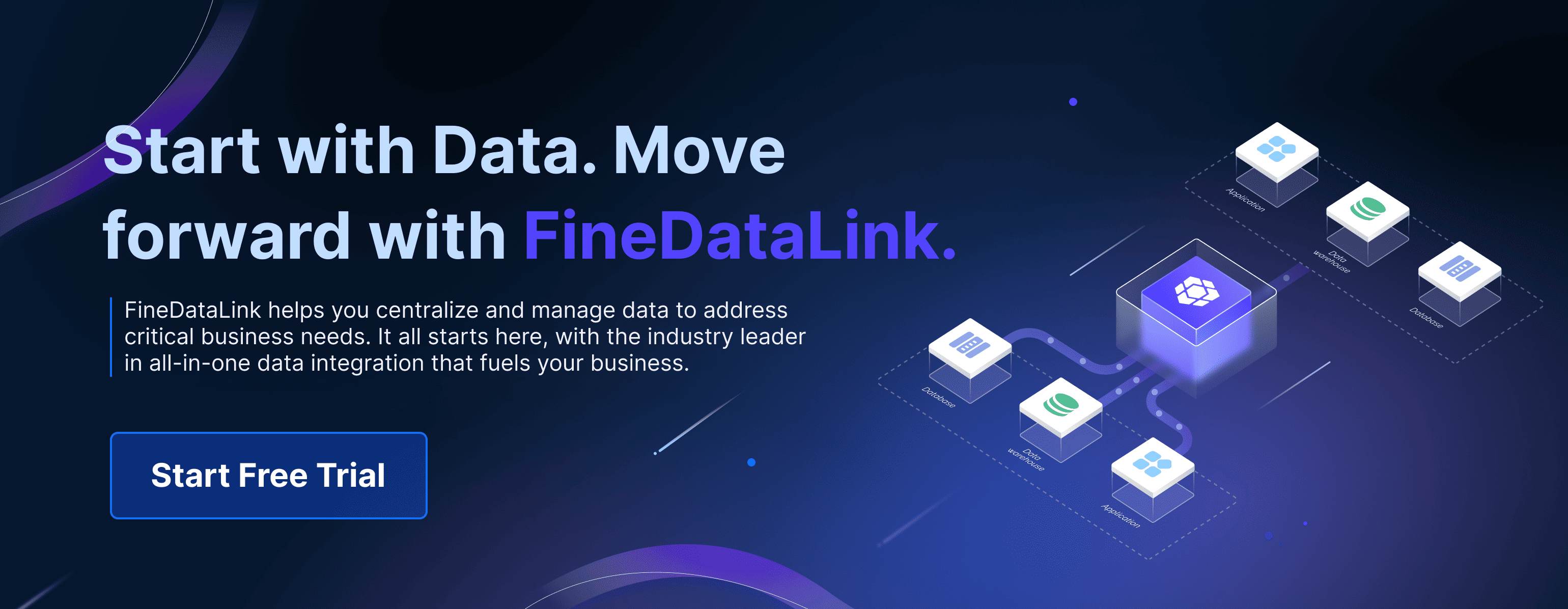
Continue Reading About Data Analysis
Understanding Descriptive Analytics: What It Is and How It Works
FAQ

The Author
Lewis
Senior Data Analyst at FanRuan
Related Articles

10 Best Retail Analytics Software Platforms for Retailers
Compare the 10 best retail analytics software platforms for retailers to boost sales, optimize inventory, and gain actionable customer insights.
Lewis
Dec 16, 2025

11 Best Tools for Research Analysis for Academics
Compare the 11 best tools for research analysis to boost academic and professional research efficiency, data management, and collaboration.
Lewis
Dec 11, 2025

10 Best Market Research Data Analysis Tools to Try This Year
See the top 10 market research data analysis tools to boost insights, streamline workflows, and make smarter business decisions this year.
Lewis
Dec 11, 2025



